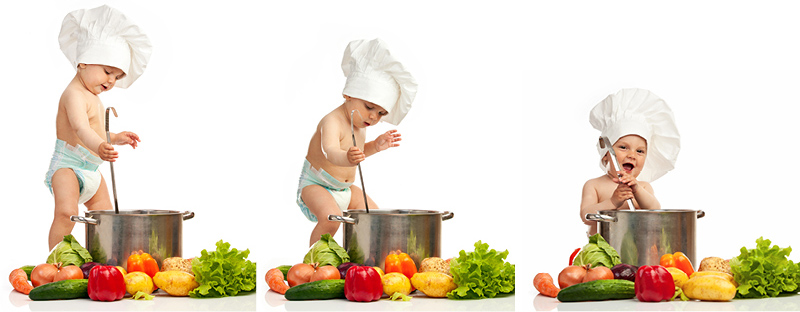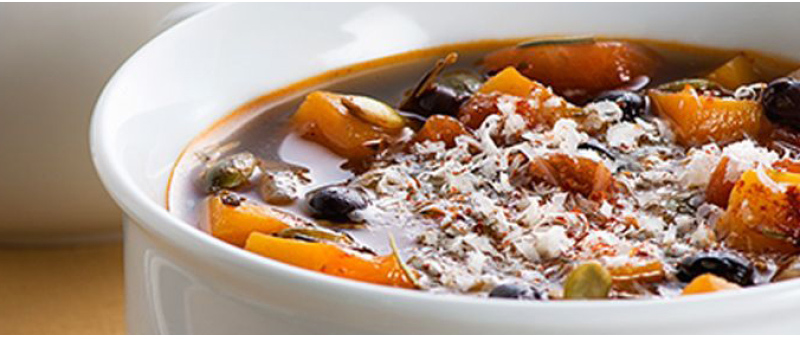Bubbly
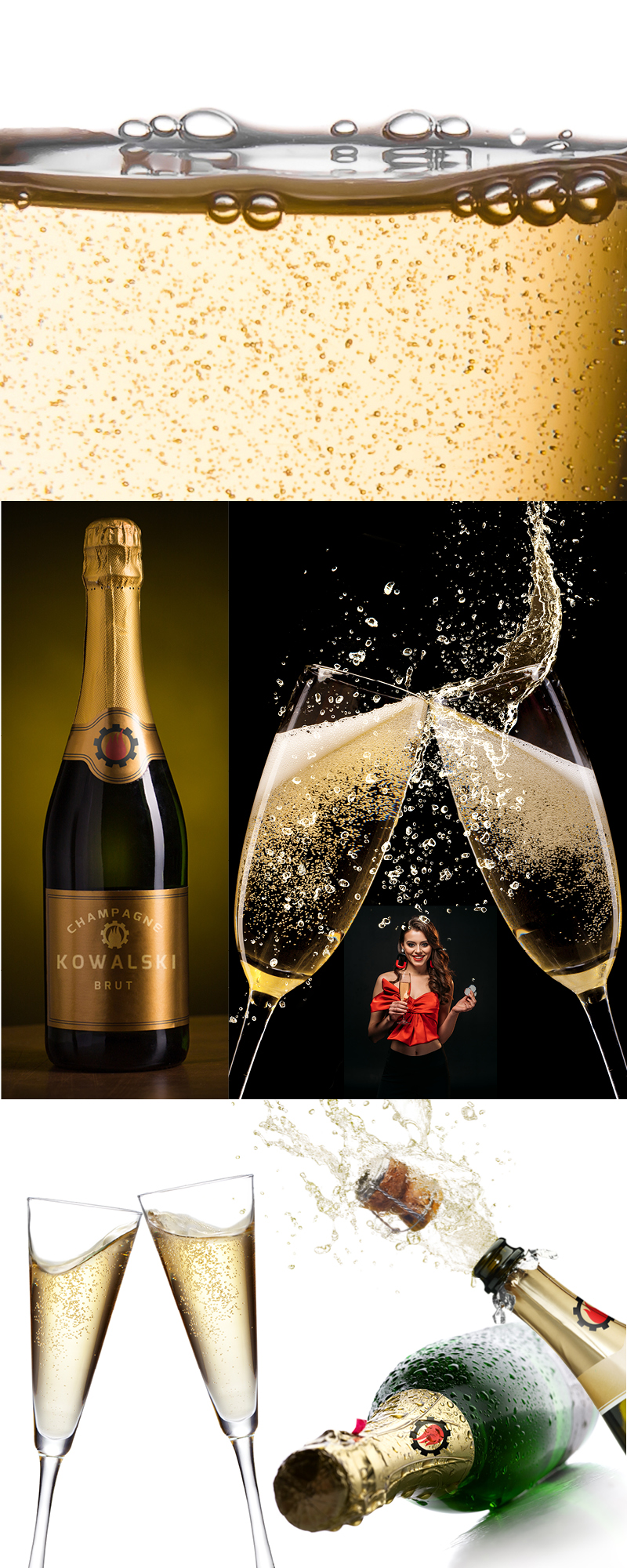
One of my favorite parts of New Year’s Eve, aside from the eating, and the hugging and the kissing at midnight, is a sip of Champagne. I’m not much of an expert, but I do love the sweet bubbles and clean taste. I did some digging and found a fun website filled with trivia and information to share.
Before you read on, here’s a toast from our family to yours:
—All The Gang at Kowalski Heat Treating
Special thanks to champaigne-booking.com for the info. Enjoy your family and friends, and remember, safe driving is no accident! Be Smart and Be Safe this New Year’s Eve and throughout the year.
- The sparkling version of the Champagne wine was discovered by accident. It all began when the wine growers (today’s famous Champagne Houses) from the Champagne region of France were trying to equal the Burgundy wines. However, they did not succeed due to the cold winters in the region that caused the fermentation of the wine, lying in the cellars, to stop.
- The cold climate ensured that the sleeping yeast cells awoke again in spring and started fermenting causing the release of carbon dioxide gas, which was coming from the wine in the bottle. At first, the bottles were weak and exploded but the ones that survived contained the sparkling wine.
- The King of France, Hugh Capet, started serving the sparkling wine during official dinners at the Royal Palace. In the years after 1715, the Duke of Orléans introduced the sparkling version of the Champagne wine to the rich and famous.
- One of the many different stories about the history of Champagne is that the monk Dom Pérignon had invented the Champagne. This story is doubtful because several documents that have been found, show that an Englishman had already produced the sparkling wine and that Dom Pérignon at first tried to eliminate the bubbles in the wine, because the bottles would break under the pressure of the second fermentation.
- Dom Pérignon started with the production of wines in the Champagne region in 1668. He is the inventor of the second fermentation in the bottle what makes him for sure the founder of the Champagne as we know it. Dom Pérignon was also the first winemaker who produced white wine of blue grapes; he also developed the regulated Méthode Traditionelle (before 1994 named the Méthode Champenoise). Besides this, he is also the founder of various techniques for producing sparkling wine as is still known by people.
- Champagne is a sparkling wine which is exclusively produced in the Champagne region by the regulated Méthode Traditionelle. Only wines that are made by this procedure and grown in this area are allowed to carry the name Champagne. Most drink Champagne as an aperitif, accompanying your meal or just on a normal weekday when you are in the mood to drink Champagne. A large part of the appeal of Champagne is due to the bubbles that spill forth when the bottle is uncorked. For some, it is always Champagne time!
- The grapes that are used to produce Champagne include Chardonnay: white grape, Pinot Noir: black grape, Pinot Meunier: black grape (white juice). Pinot Noir and Pinot Meunier are the only two black grapes permitted to produce Champagne. Of note: Petit Meslier, Pinot Blanc and Arbane are grapes that still exist and are also used for the production of Champagne. However, they cannot be replanted again.
- The characteristics of the grapes are Pinot Noir: power and structure, is well cultivated in cool regions with chalky limestone soil. Pinot Meunier: smooth, fruitiness, floral aromas, little time to ripe in the bottle, quicker to consume. Chardonnay: fresh, delicate, elegance and finesse.
- When buying champagne, don’t just grab a bottle and run – look for: AOC: Appellation d’Origine Contrôlée (the French quality mark, the name “Champagne” should be clearly visible), the logo, the brand, the name of the producer or brand name, the location and country of origin (France), the type, the percentage of alcohol, the volume of the bottle, the ingredients: if not mentioned on the bottle, the Champagne is a Non-Vintage Brut and almost certainly blended with the three primary grape varieties, the vintage: in case it contains 100% grapes from one specific year, this will be indicated on the bottle, the village of origin: village names explicitely mentioned denote the sole origin of the Champagne; otherwise, place names merely indicate the location of the producer. As qualified, it will indicate whether it is from Grand Cru or Premier Cru vineyard and information about the vines, date of dégorgement, the characteristics of the aroma and taste, associations with meals.
And, for the enthusiast (or snob as you may prefer…)
- More than 15,000 wine growers are responsible for the cultivation of 90% of the Champagne region. Some produce their own wines; some sell their grapes to other (bigger) Champagne Houses. According to the law of 1927, the part of the appellation Champagne covers 34,000 hectares.
- Terroir is how a particular region’s climate, soils and aspect (terrain) affect the taste of the wine. Some regions are said to have more ‘terroir’ than others.
- Champagne is best to be stored at a temperature around 7-12°C. Champagne is best to be served at a temperature around 8-10°C.
- The size of the bubbles of Champagne is a result of how cold it was in the cellar. The colder the cellar, the smaller the bubbles and the better the quality.
- 1 bottle of Champagne contains about 1.2 kg grapes.
- Only wine of grapes that are cultivated in the Champagne region by the Méthode Traditionelle are allowed to carry the name Champagne.
- About 90% of the Champagnes are a blend of 2/3 black grapes and 1/3 Chardonnay.
- Sparkling wines such as Prosecco, Cava and Sekt are made of another quality and variety of grapes than the ones used in the Champagne region.
- A Riddler is a person who shakes, turns and moves the bottles in order for the sediment float into the bottleneck. A Riddler normally handles 20,000 to 30,000 bottles per day.
- Grand Cru or Premier Cru refers to the best-rated villages of the Champagne region. There are 17 Grand Crus, for example: Ambonnay, Avize, Aye, Bouzy, Cramant, Le Mesnil-sur-Oger, Tours-sur-Marne and 41 Premier Crus, for example: Chouilly, Hautvillier, Marcel-sur-Ay. Champagne varies in price. However, a good Champagne does not have to be expensive, just let your personal taste decide which type of Champagne fits your budget.
- Cuvée: the first pressing. Taille: the second pressing. Débourbage: undoing the impurities from the pressed grape juice.
- Chaptalization process: adding sugar to the juice to increase the alcohol percentage. The yeast in the barrels transforms the sugar into alcohol.
- Malolactic fermentation: the bacteria’s that change the malic acid into lactic acid.
- The reserve wine gives Champagne the taste of consistent stability.
- After the main production process, the Champagne wine has to be kept in the cellars for a few years in order to get the mild taste.
- Non-Vintage Champagnes have to be stored in the cellars for a minimum of 15 months and Vintage Champagnes for a minimum of 3 years. The longer the Champagne ripens in the cellars, the better the taste. However, this is only applicable when the yeast is in the bottle.
- Dead yeast cells give the Champagne the taste of bread dough and brioche.
- In the early days the Champagne was drunk with the sediment still in it.
And, for my process engineers out there:
The production process of Champagne
1. The Harvest
The grapes are picked by hand between August and October, the harvest time depends on how ripe the grapes are. The wine producers, such as Champagne Roger Constant-Lemaire in Villers-sous-Châtillon, are not allowed to pick the grapes with a machine. The grapes have to be picked by hand so that only the best and ripened grapes are contributed to the Champagne. After picking the grapes, they are pressed carefully to keep the juice clear white.
2. The First Fermentation
The juice is put into a tank and the first fermentation takes place. The result is an acidic still wine that has been fermented dry completely. (The wine producer sees to it that all the natural sugar present in the grapes is fermented out of the wine). Some wine producers, like Champagne Alfred Gratien in Epernay, choose for fermentation in a barrel, a technique that is more difficult to master with sparkling wine.
3. The Assemblage
This is the art of blending. Still white wines combined with some reserve wines to create the base wine for Champagne; Pinot Noir, Pinot Blanc and Chardonnay are combined together. The assemblage starts in the early spring, about 5 months after the harvest.
4. The Second Fermentation
A mixture of yeast, yeast nutrients and sugar (liqueur de tirage) that is added to the wine in the second yeasting, the wine is put in a thick glass bottle and sealed with a bottle cap. The wine bottles are placed in a cool cellar to ferment slowly and to produce alcohol and carbon dioxide. This is the most important part; the carbon dioxide cannot escape from the bottle and solves in the bottle; you will get the sparkling wine because of the carbon dioxide.
5. The Aging
As the fermentation proceeds, yeast cells die and after several months, the fermentation process is complete. However, the Champagne continues to age in the cool cellar for several more years resulting in a toasty, yeasty character. During this aging period, the yeast cells split open and spill into the solution imparting complex, yeasty flavours to the Champagne. The best and most expensive Champagne is aged for five years or more. This process completes the second fermentation.
6. The Riddling
After the aging process is completed, the dead yeast cells are removed through a process known as riddling. The Champagne bottle is placed upside down in a holder with a 75-degree angle. Each day, the riddler gives the bottle a 1/8th of a turn whilst keeping it upside down. This procedure forces the dead yeast cells float into the bottleneck where they are subsequently removed. The bottles are placed in racks with the bottlenecks facing downwards. Madame Veuve Cliquot is the inventor of the bottle rack in which the bottles are put downwards.
7. The Disgorging
The disgorgement is the final step in the production of Champagne. The Champagne bottle is kept upside down while the neck is frozen in an ice-salt bath. This procedure results in the formation of a plug of frozen wine containing the dead yeast cells. Finally, the bottle cap is removed and the pressure of the carbon dioxide gas in the bottle forces the plug of frozen wine out (“disgorging”) leaving behind clear Champagne. By doing so, a little bit of wine gets spilled out of the bottle.
8. The Dosage
A mixture of white wine, brandy and sugar (Liqueur de tirage/Liqueur d’expédition) is added to adjust the sweetness level of the wine and to top up the bottle. This procedure decides whether the Champagne will be Brut Nature, Extra Brut, Brut, Extra Dry, Dry, Semi Dry or Doux. This mixture is differs per Champagne House and is a well-kept secret.
9. The Corking
The bottle is corked and the cork is wired down to secure the high internal pressure of the carbon dioxide in the Champagne.
10: The Drinking
POP – Happy New Year !!



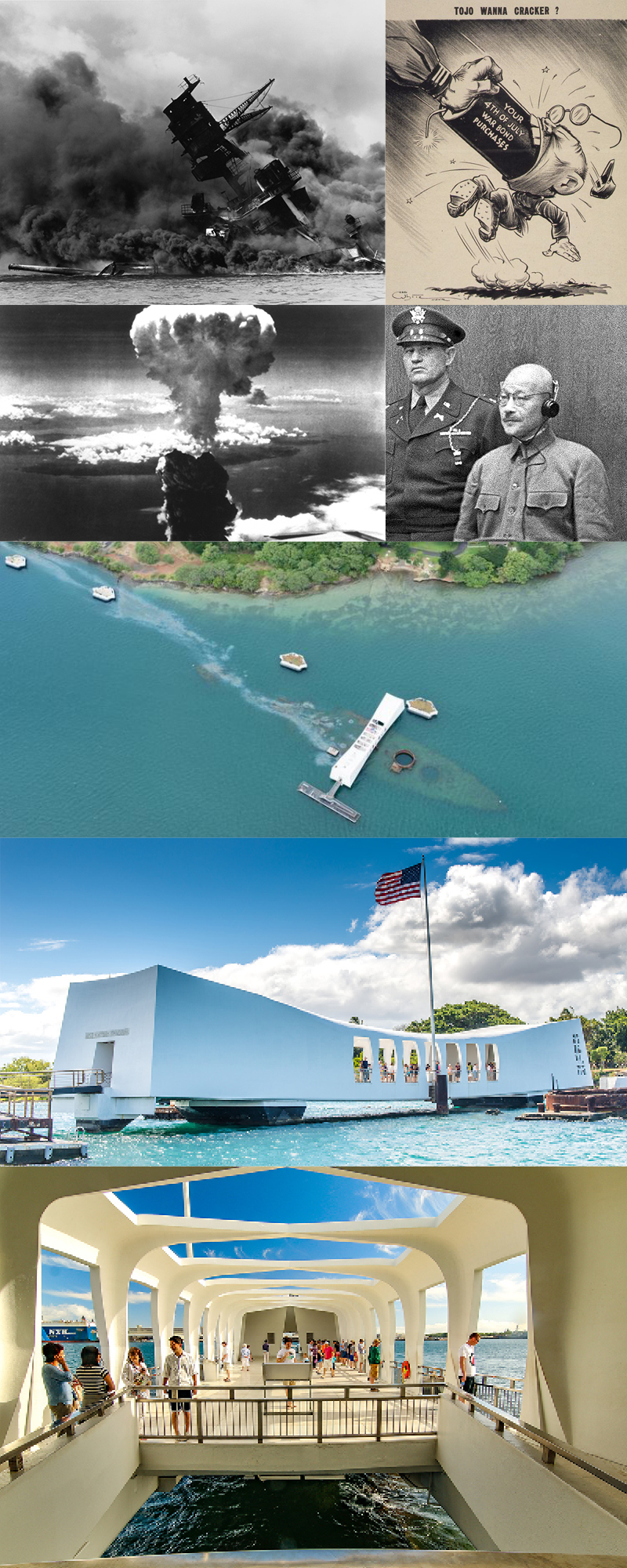
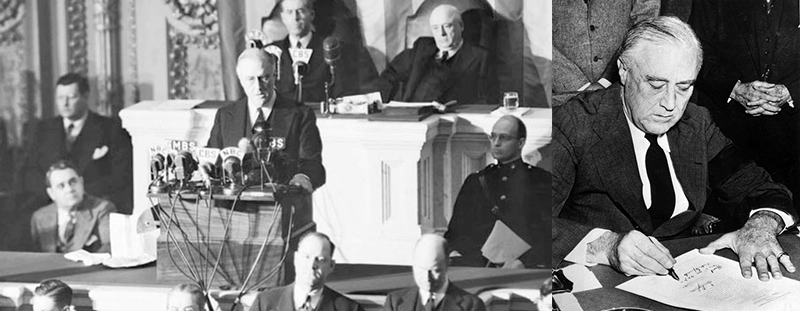

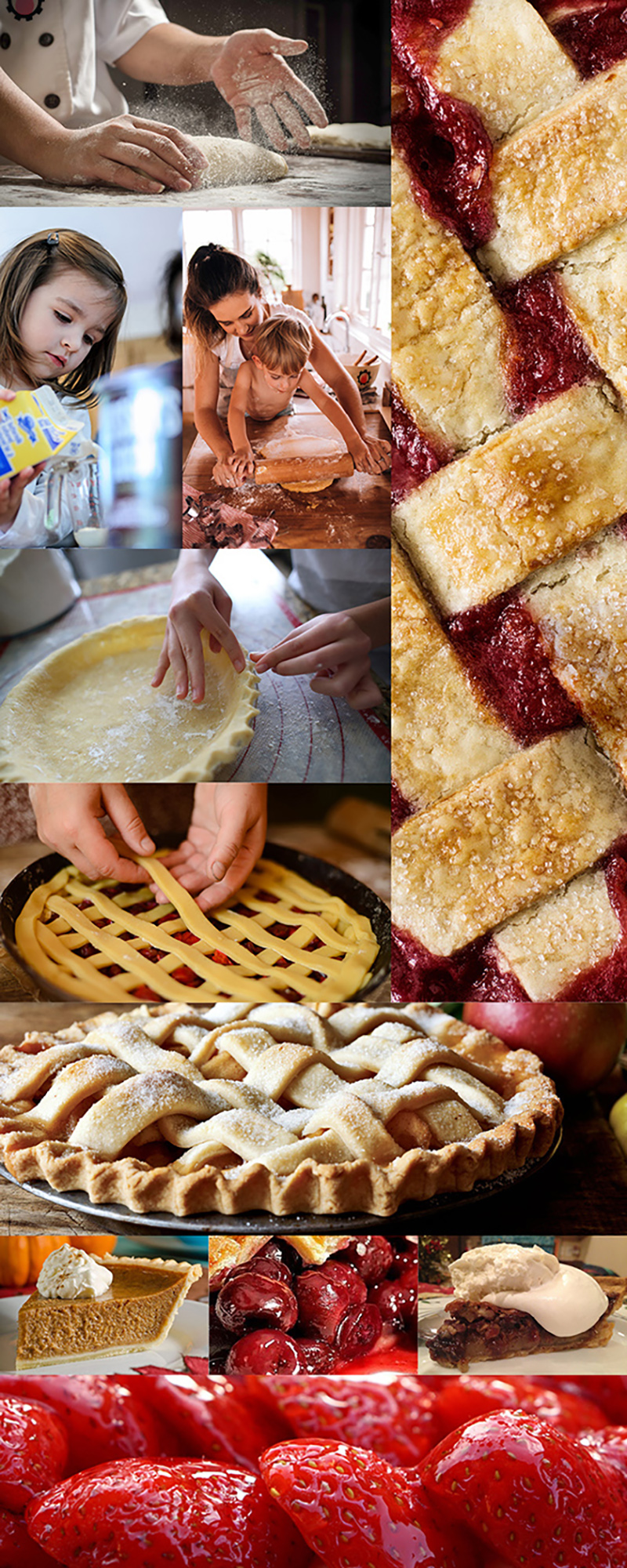
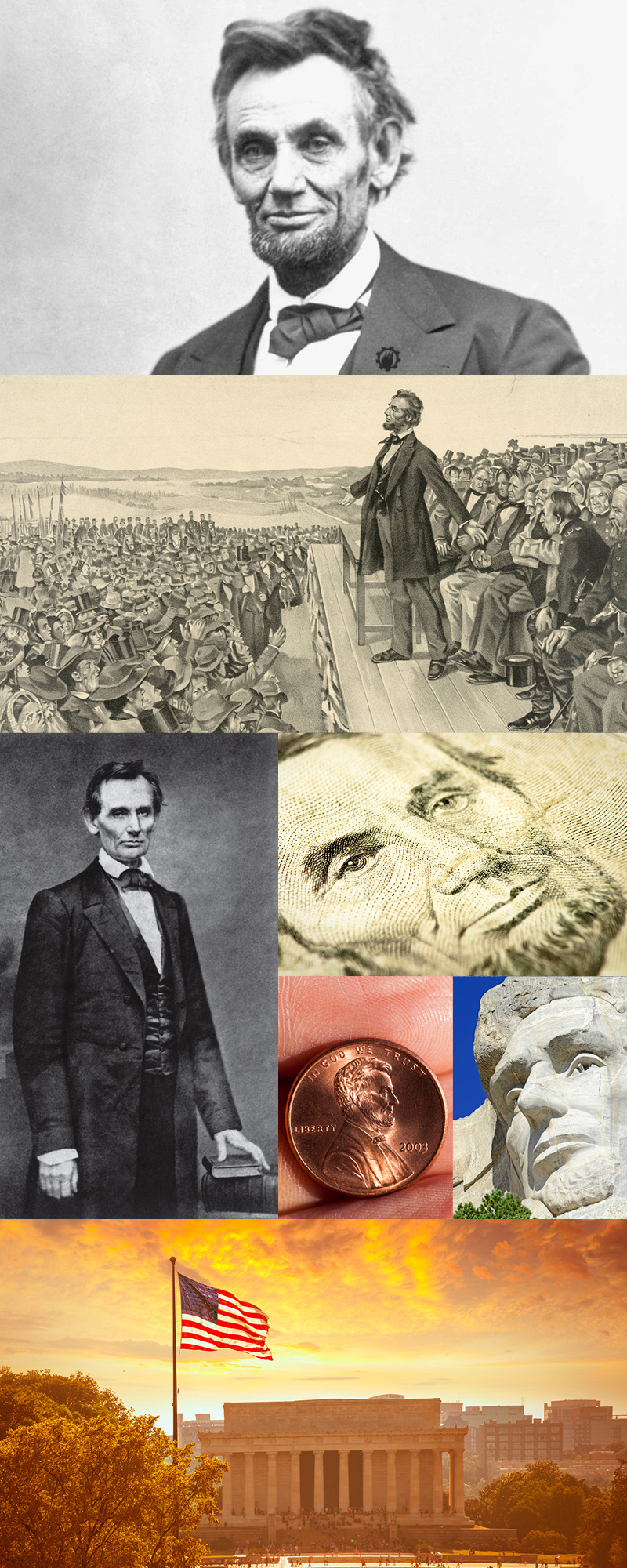
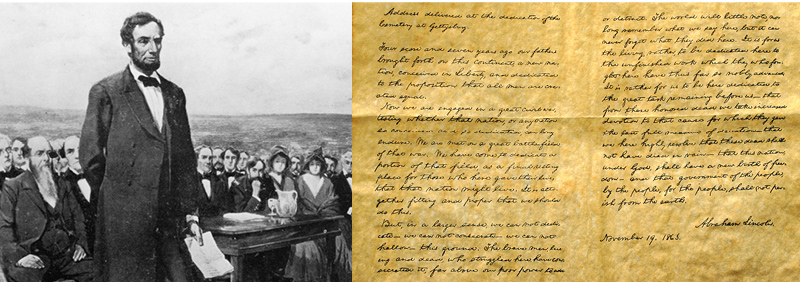
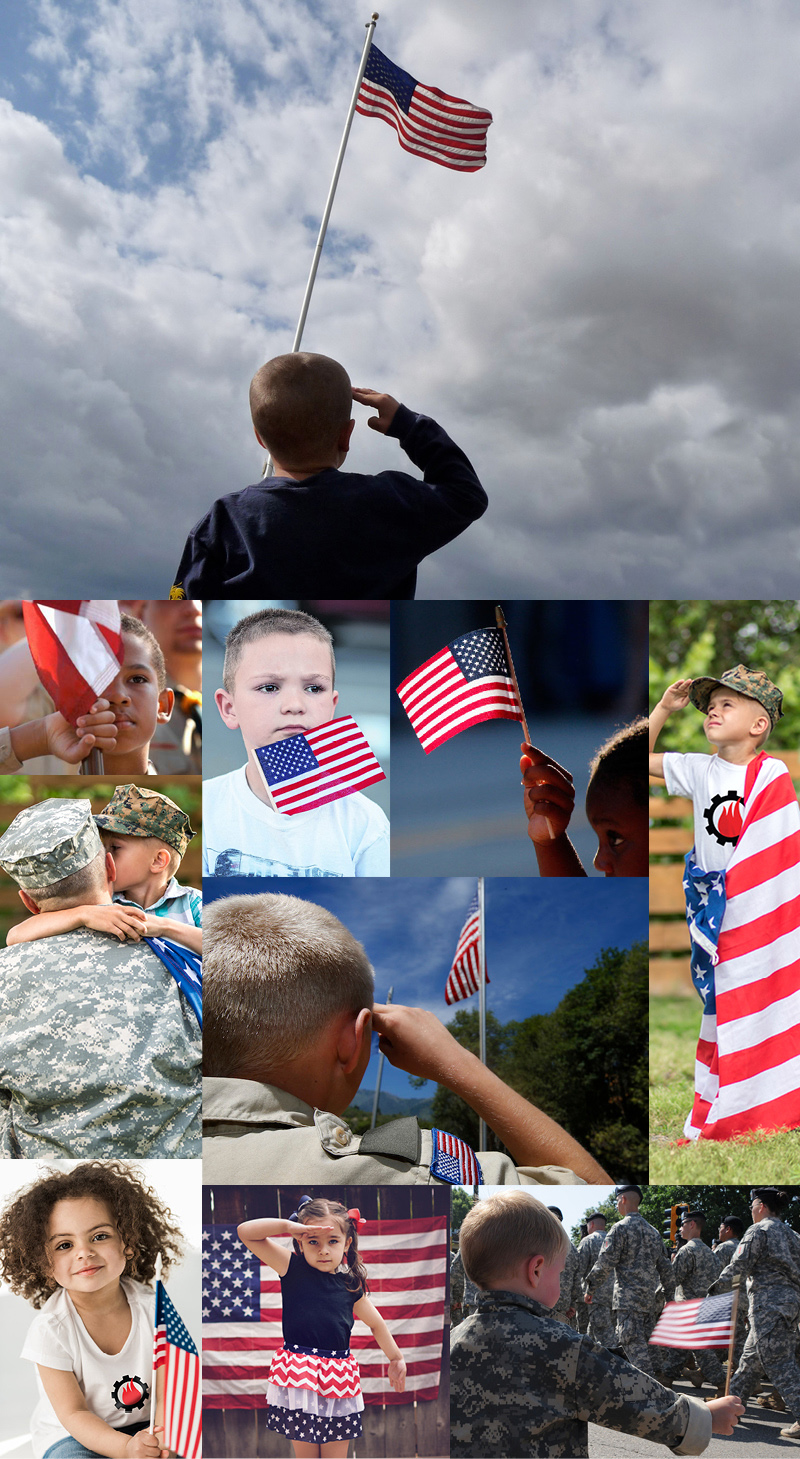 Please take a minute this weekend, in your own way, to salute the men and women, living and deceased, who have served our wonderful country with valor, honor and a relentless belief in the inherent freedoms our country stands for.
Please take a minute this weekend, in your own way, to salute the men and women, living and deceased, who have served our wonderful country with valor, honor and a relentless belief in the inherent freedoms our country stands for.
